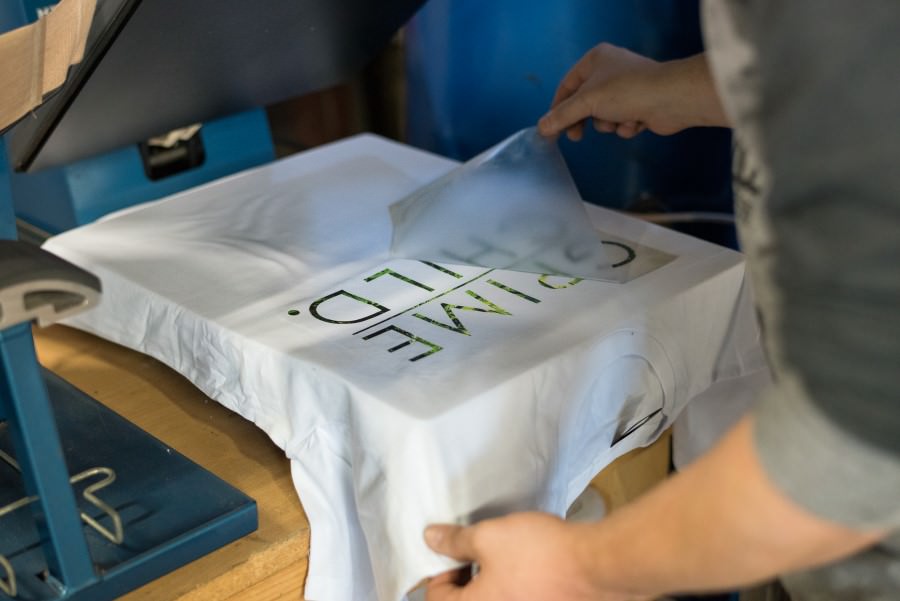
Image Source: Google
Direct to Film Transfer (DTF) technology has seen a remarkable evolution over the years, transitioning from analog to digital processes. This transformation has revolutionized the way films are produced, edited, and distributed, leading to significant advancements in the film industry. Let's explore the journey of DTF technology and how it has shaped the filmmaking landscape.
The Analog Era of Direct to Film Transfer
Before the rise of digital technology, direct to film transfer was predominantly carried out using analog methods. During this era, filmmakers relied on traditional techniques to transfer their video content onto film. Here are some key aspects of the analog era of DTF technology:
Characteristics of Analog Direct to Film Transfer
- Utilized analog video signals for transferring content to film
- Required specialized equipment such as film recorders
- Limited flexibility in terms of editing and post-production
- Quality was subject to degradation over multiple generations
Challenges Faced in the Analog Era
- Time-consuming process with limited room for error
- Cost-prohibitive for independent filmmakers
- Quality loss during the transfer process
- Difficulty in achieving consistent color reproduction
The Digital Revolution
The advent of digital technology marked a turning point in the history of direct to film transfer. With the introduction of digital workflows, filmmakers gained access to a range of new tools and capabilities that transformed the way films were created and distributed. Here's how digital technology revolutionized DTF processes:
Advantages of Digital Direct to Film Transfer
- Improved image quality and resolution
- Enhanced color accuracy and consistency
- Efficient editing and post-production capabilities
- Reduced costs and turnaround times
Technological Innovations in Digital DTF
- Transition to digital video formats such as MPEG and H.264
- Integration of computer-based editing software
- Development of high-resolution digital projectors
- Utilization of digital intermediates for color grading and visual effects
The Impact on Filmmaking
The evolution of direct to film transfer technology has had a profound impact on the filmmaking process, influencing everything from production workflows to distribution methods. Here are some key ways in which this evolution has shaped the industry:
Enhanced Creativity and Flexibility
- Digitization has empowered filmmakers to experiment with new visual styles and effects
- Real-time editing capabilities allow for quick adjustments and revisions
- Access to a wider range of post-production tools and techniques
Improved Accessibility and Affordability
- Digital workflows have democratized filmmaking, making it more accessible to independent creators
- Lower costs associated with digital processes have expanded opportunities for filmmakers with limited budgets
- On-demand distribution platforms have enabled filmmakers to reach global audiences more easily
The Future of Direct to Film Transfer
As technology continues to advance, the future of direct to film transfer holds even more possibilities for innovation and growth. From the rise of virtual production techniques to advancements in artificial intelligence, the landscape of filmmaking is constantly evolving. Here are some key trends to watch for in the future of DTF technology:
Virtual Production and CGI Integration
- Increasing integration of CGI elements into live-action footage
- Emergence of virtual production techniques for real-time visual effects
- Collaboration between filmmakers and technologists to push the boundaries of storytelling
AI and Machine Learning in Post-Production
- Use of AI algorithms for automated color correction and image enhancement
- Integration of machine learning tools for predictive analytics in editing workflows
- Enhanced efficiency and accuracy in post-production processes
In conclusion, the evolution of direct to film transfer technology from analog to digital has had a profound impact on the film industry, empowering filmmakers with new tools, capabilities, and creative possibilities. As technology continues to advance, the future holds even more exciting developments in store for DTF processes, shaping the way films are produced, edited, and experienced by audiences around the world.